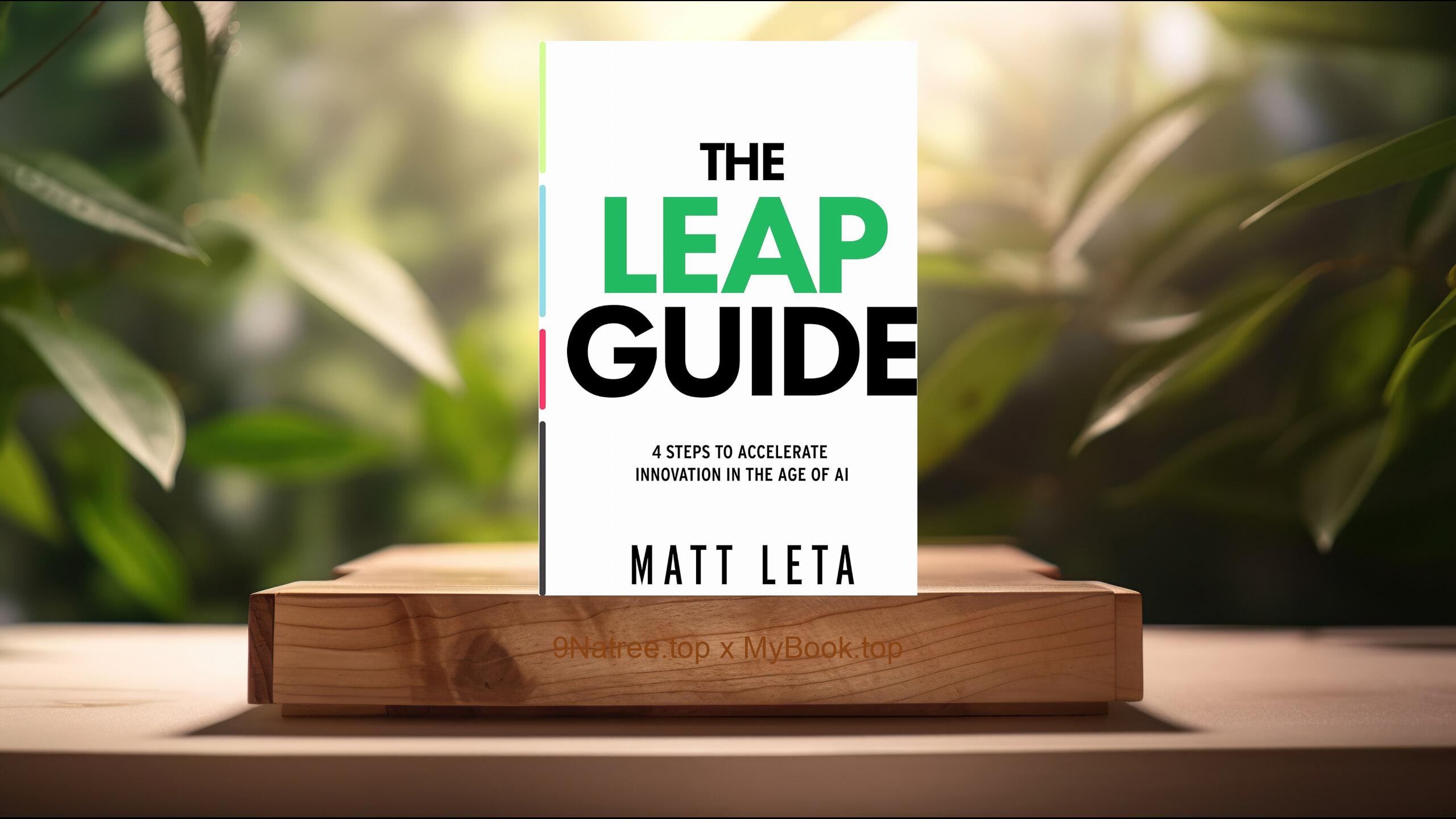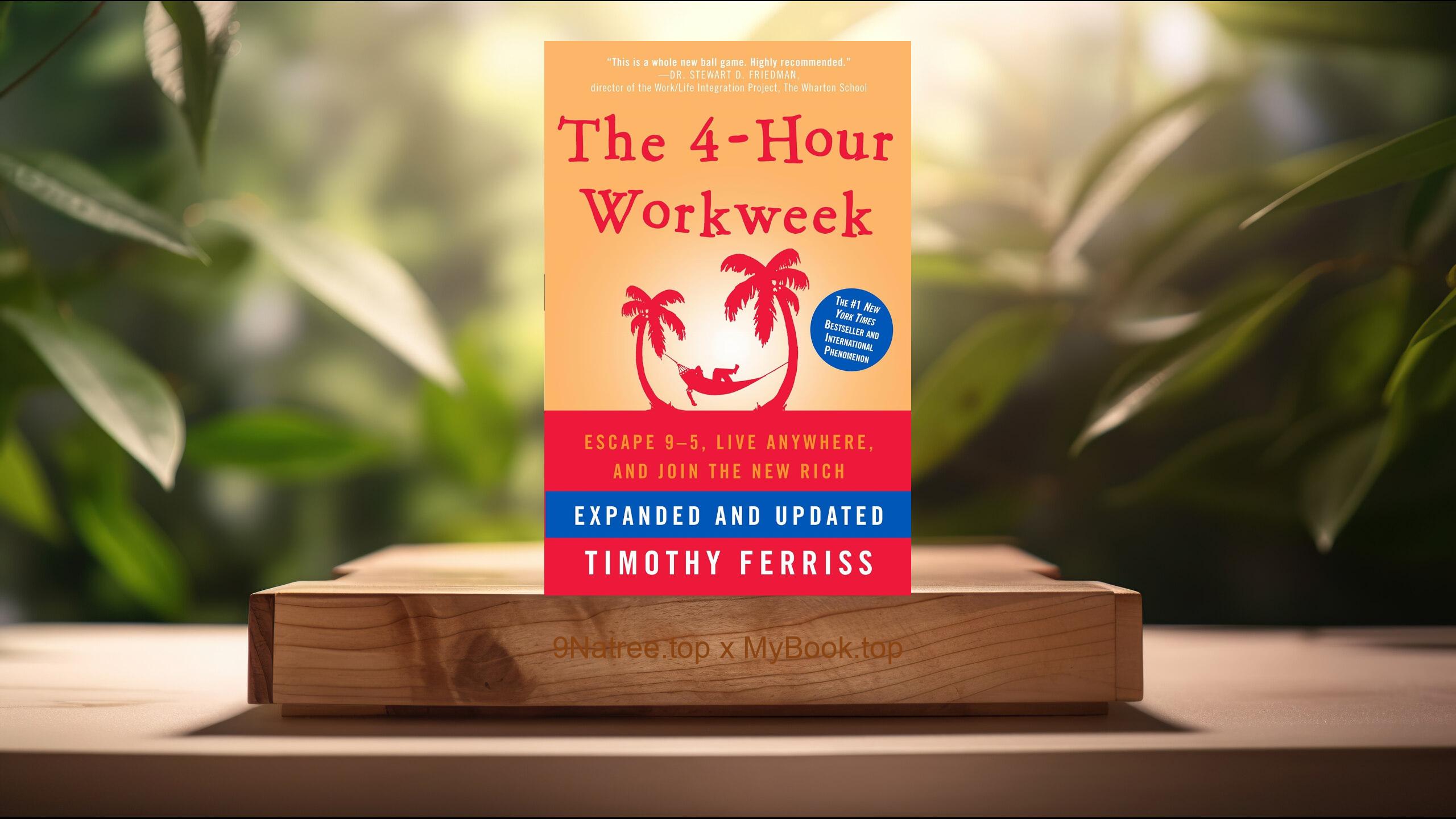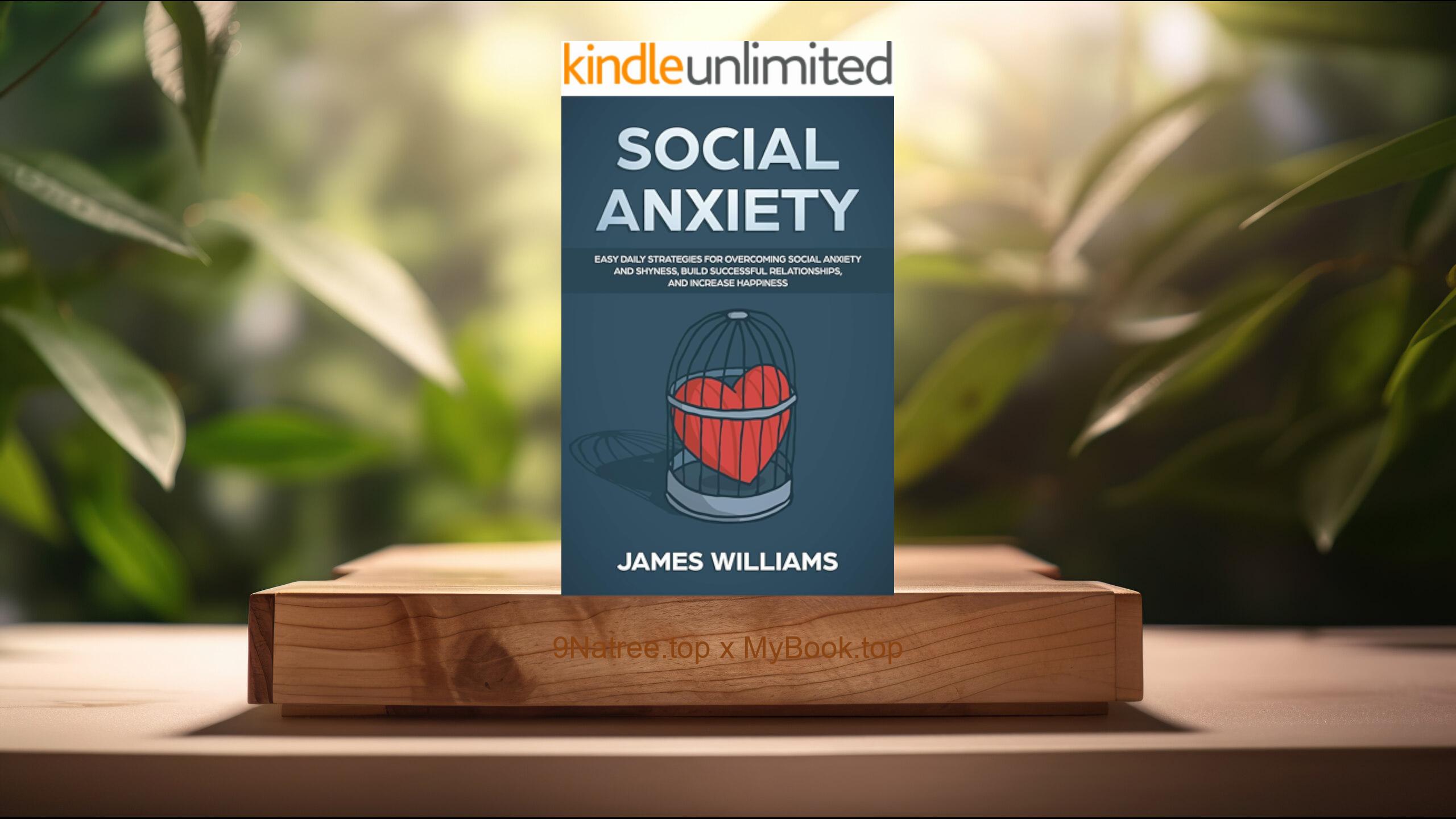Show Notes
- Amazon US Store: https://www.amazon.com/dp/B003WIYCCY?tag=9natree-20
- Amazon Worldwide Store: https://global.buys.trade/How-to-Stop-Worrying-and-Start-Living-Dale-Carnegie.html
- Apple Books: https://books.apple.com/us/audiobook/how-to-stop-worrying-and-start-living-unabridged/id1439473818?itsct=books_box_link&itscg=30200&ls=1&at=1001l3bAw&ct=9natree
- eBay: https://www.ebay.com/sch/i.html?_nkw=How+to+Stop+Worrying+and+Start+Living+Dale+Carnegie+&mkcid=1&mkrid=711-53200-19255-0&siteid=0&campid=5339060787&customid=9natree&toolid=10001&mkevt=1
- Read more: https://mybook.top/read/B003WIYCCY/
#DaleCarnegie #Conqueringworry #Positivethinking #Mindfulness #Stressmanagement #Mentalhealth #Selfhelpstrategies #Personalgrowth #HowtoStopWorryingandStartLiving
These are takeaways from this book.
Firstly, The Nature of Worry, Dale Carnegie begins by dissecting the nature of worry, establishing it as a predominant force that can dictate our daily lives and decisions. He defines worry not just as a mental burden but as a physical and emotional one that can lead to significant health issues, including anxiety and depression. Carnegie delves into the biological and evolutionary origins of worry, suggesting it once served as a survival mechanism. However, in modern times, its role has morphed into a pervasive aspect of the human experience that often causes more harm than good. He emphasizes the importance of acknowledging worry's presence in our lives, understanding its triggers, and realizing its often irrational basis. Through identifying the root causes of worry, Carnegie sets the foundation for the rest of his advice on how to effectively manage and overcome these feelings.
Secondly, Living in 'Day-Tight Compartments', One of Carnegie's most enduring pieces of advice is the concept of living in 'day-tight compartments,' meaning focusing solely on the present day without being overwhelmed by the past or future. This philosophy encourages a mindfulness approach to life, advocating for a focus on the now as a method of reducing worry. Carnegie illustrates this through various anecdotes and practical exercises that teach readers how to compartmentalize their thoughts and actions in a way that limits unnecessary stress about events outside their control. By emphasizing the power of concentration and attention on the task at hand, Carnegie provides a roadmap for minimizing worry by reducing the scope of our immediate concerns. The concept of 'day-tight compartments' serves as a powerful tool for managing anxiety, encouraging readers to take life one day at a time.
Thirdly, The Magic Formula for Solving Worry Situations, Carnegie introduces a 'magic formula' for tackling worry-inducing situations, which consists of a series of steps designed to objectively analyze and address concerns. This formula prompts individuals to ask themselves what the worst-case scenario could be, accept it if necessary, and then proceed to calmly dedicate their efforts to improve upon the worst-case scenario they've envisioned. This methodical approach enables readers to deconstruct their worries, assess them with clarity, and act with purpose. By reframing challenges as opportunities for resolution rather than insurmountable obstacles, Carnegie's formula equips individuals with a pragmatic tool for not just managing but actively confronting their worries. This strategy fosters resilience, promotes proactive problem-solving, and diminishes the power of worry by encouraging a logical, step-by-step confrontation with one's fears.
Fourthly, The Impact of Positive Thinking, Carnegie devotes significant attention to the impact of positive thinking on conquering worry. He argues that a positive mindset can transform one's approach to life's challenges, reducing the propensity to worry. By nurturing an attitude of optimism and gratitude, individuals can shield themselves from the negative effects of worry. Carnegie provides strategies for cultivating positive thoughts, including the practice of daily gratitude, engaging in activities that bring joy, and surrounding oneself with positive influences. He also discusses the importance of visualization and affirmations in reinforcing a positive outlook. This emphasis on the mental landscape not only aids in combating worry but also enhances overall mental health and happiness. The power of positive thinking, according to Carnegie, lies in its ability to change our perception of situations, thus diminishing the source of worry itself.
Lastly, Breaking the Worry Habit Before it Breaks You, The final crucial piece of advice Carnegie offers focuses on breaking the worry habit itself. He recognizes worry as a deeply ingrained habit that can be difficult to shake. However, through consistent practice and mindfulness, it's possible to disrupt this cycle. Carnegie suggests techniques such as keeping busy with engaging activities, practicing relaxation and meditation, and setting aside specific 'worry periods' to limit the time spent on worrying. Additionally, he highlights the importance of physical exercise and a healthy lifestyle as means to combat worry. By adopting these practices, individuals can gradually diminish the hold that worry has on their lives, leading to improved mental well-being and a more enjoyable existence. Carnegie's approach to breaking the worry habit is holistic, addressing both the mental and physical aspects of worry, and offers a beacon of hope for those seeking to reclaim their lives from the grips of anxiety.
![[Review] How to Stop Worrying and Start Living (Dale Carnegie) Summarized](https://episodes.castos.com/660078c6833215-59505987/images/1891642/c1a-085k3-kpd333v7s4z7-e38kdi.jpg)




